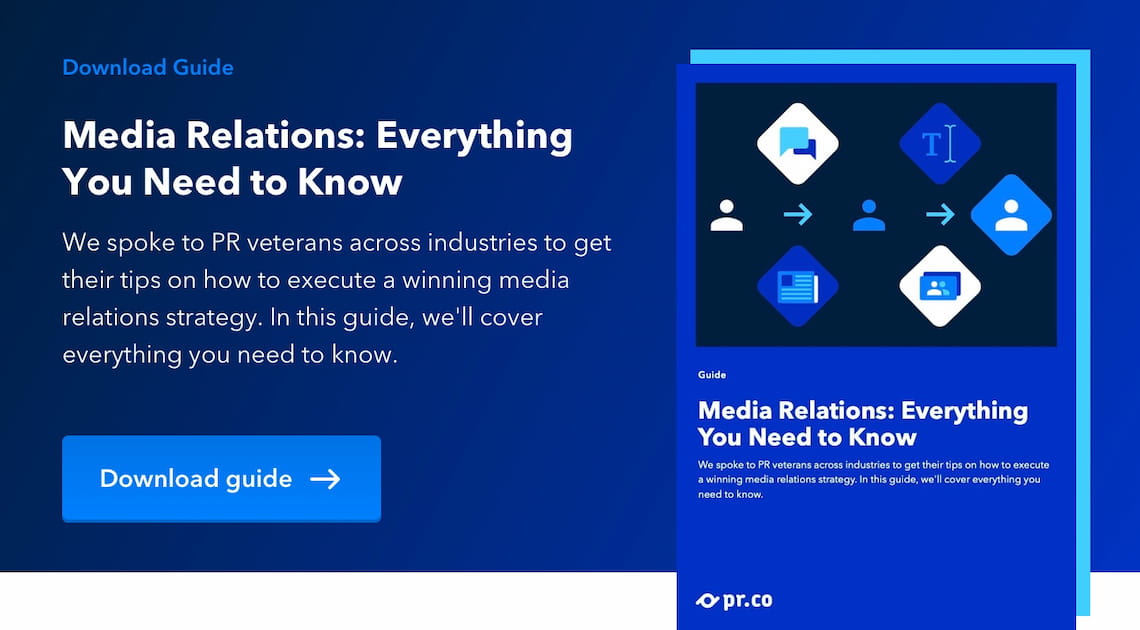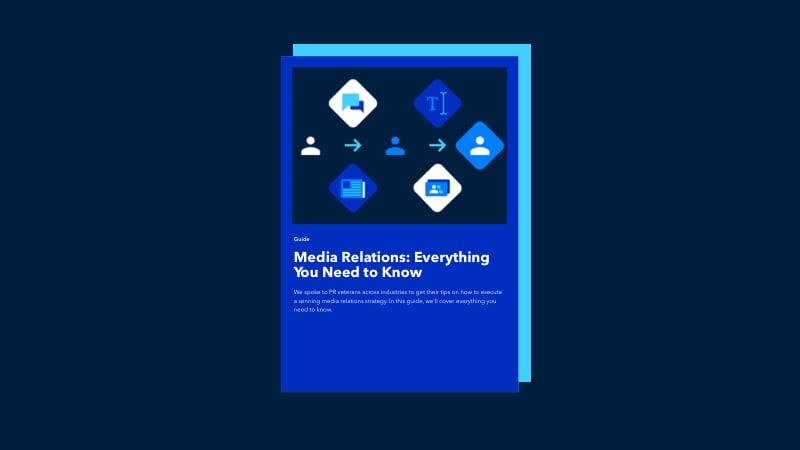TechCrunch’s John Biggs once described embargoes as “a way to put up a velvet rope in front of a mound of manure”. In fact, in 2008 TechCrunch’s founder, Michael Arrington, announced a policy vowing to break every single embargo (with a few exceptions). Other publications like Wired News have also promised to do the same. So what’s the deal with embargoes? Are they still relevant in the world of journalism? Should you be using them?
We did the homework for you and figured out why journalists hate your embargoes — and most of all, what you can do about it.
Embargoes: “a gentleman’s agreement”
Embargoes are the announcements or press releases that are shared with journalists before a specific publishing date. PR practitioners use this tool to notify journalists that the information they are sending must stay confidential until the agreed date and time. The reasoning behind tipping off a journalist well in advance is to give them enough time to prepare their story, do proper research, and interview sources.
Embargoes are also helpful when sharing news with other stakeholders, like joint ventures or mergers. By using embargoes, every party can be sure that the information will reach, and be shared, by different media outlets simultaneously. This matters so that no external stakeholders feel like they are getting news slower from their direct partners.
So what’s the big deal?
When an embargo is sent, a journalist vows not to break it (a.k.a. publish the news) before a set time. The problem lies in some PR professionals sending out embargoed news to almost every other person who writes about their market. Any blog, major media site, podcast, no matter how big, small, or new, will get an email. So what happens when that many people are in on a secret? It’s bound to be told.
.jpg?width=1140&name=markus-spiske-2G8mnFvH8xk-unsplash%20(1).jpg)
No one wants to come in second
Embargoes are problematic because they seem arbitrary to most journalists. Basically, they are only good until someone breaks them. When news gets out early, it stops all other media outlets from pursuing the same story.
Take something as simple as a book release. When the Associated Press broke an embargo and published a review of a highly anticipated memoir, it wrecked the New York Times Books’ plans. “It was crazy, it was five days before the publishing date” said Pamela Paul, editor of the Book Review at the NYT, who was attending a concert in Iceland when the news broke early.
Naturally, the first site to break the news gets all of the visitors, SEO juice, and backlinks. Another reason that dissuades journalists from covering a story that has already been published is that no one wants to come in second. No journalist wants to follow another outlet’s story once it’s been published - especially if they don’t have anything newsworthy to add to it.
The problem for journalists is that PR pros don’t seem to mind when embargoes are broken. Surely the journalists that published early will get a slap on the wrist or a wordy email, but in the end, PR pros are happy with the results - they got the coverage they needed.
They’re annoying
For every pitch you send, a journalist receives 100 more in their inbox. To each company, these news are important. But to a journalist, and their audiences, the launch of a new sandwich, a random speaker at an event, or a round of funding might not be that interesting. Plus, if you add in an embargo that’s set for a week away, chances are, journalists will forget about it.
How do we fix it?
Somewhere in a journalist’s inbox (or better yet, in an online newsroom) there are compelling stories to be told. Giving a journalist the benefit of time in order to put together a good piece can be beneficial for readers and brands. Here’s how to correctly use embargoes:
Use them wisely
We’re not ones to say embargoes are dead. They are very much still alive, relevant, and effective. However, it is important that you only use them when strictly necessary, otherwise, you risk rubbing a journalist the wrong way. When you opt for an embargoed story, be mindful of a journalist’s time. Send them a quick reminder before the embargo is lifted so your news are not forgotten. Remy Ludo Gieling, editor-in-chief at Sprout, explains:
“I understand that you want to time news, and I appreciate that you’re sending it to us in time, but I generally forget to publish it when the news can go live. If you send us an embargoed release, please don't send it weeks before the news can go live. Also, I would greatly appreciate a reminder email a day before the embargo ends.”
— Remy Ludo Gieling, editor-in-chief at Sprout

Build credibility
The first step towards amending our relationship with journalists is by making their jobs a whole lot easier. That begins with saving us (and them) the headache of empty pitches and stories that are not newsworthy. Be strategic and clever with the angle you choose for your story. If you repeatedly deliver high-quality pitches, your emails will be answered and your contribution will be appreciated.
Offer exclusivity instead
If you’re pitching highly sensitive news or you’re worried that you won’t get enough traction, we suggest taking the route of the exclusive. Offer your news exclusively to one or two outlets (that are not competitors of course). This gives the journalist more control over the story and gives you the opportunity to have the first and last word on the subject. By offering your story to fewer media outlets, you’ll still ensure coverage all while building credibility with the media.

Ana is a marketer at pr.co, and is the driving force behind our 100+ articles and guides. Ana has an MSc in Corporate Communications, and four years of experience in the PR industry. Now, Ana distills knowledge from pr.co’s 250+ customers to help PR professionals get better results through high-quality content.. Connect on LinkedIn or send an email




